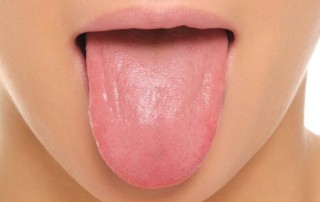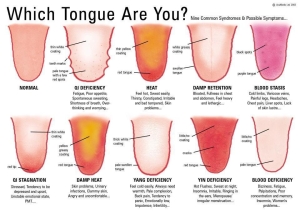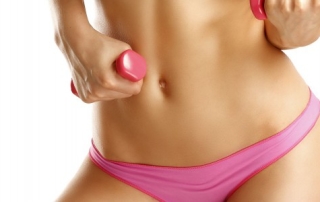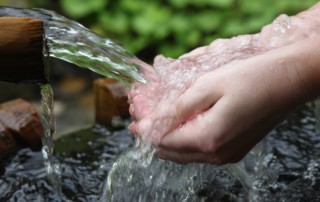The Basics of Postpartum Recovery
Postpartum Recovery is a set of practices and nutritional guidelines for the first month after giving birth. It is based on the ancient Chinese practice of Zuo Yue Zi (or “sitting the month”) in which postpartum women and newborns were recovered for 30-40 days after birth with the love and support of extended family. Zuo Yue Zi turned a potentially draining experience into a ritual of rejuvenation. Postpartum traditions such as Zuo Yue Zi existed cross-culturally to protect the health of mother and child. Times have changed and most modern mothers do not have the network of support our ancestors had. Postpartum Recovery is the modern evolution of this tradition, modified to support women now.
What Postpartum Recovery Promises
- Full Recovery of the Body. Postpartum Recovery brings the waist down to pre-pregnancy shape, prevents organ prolapse (which can cause urinary incontinence), and restores the breasts.
- Hormonal Balance. By nourishing Qi and Blood and providing adequate rest, a woman’s body is able to fully recover a normal menstrual cycle and healthy hormone production.
- Boost Health of the Baby. Proper diet and herbs promote top quality breast milk as well as a relaxed, restored mother (two things that will make any baby thrive).
- Minimal Postpartum Symptoms. Avoid or quickly treat postpartum depression, uterine prolapse, joint pain, mastitis, inadequate milk production, fatigue, and low libido.
- Increased Fertility. Women are increasingly not recovering hormonal balance after giving birth, reducing their chances to have more children. Postpartum Recovery brings your body back to a pre-pregnancy state, or better.
- Vitality and Youthfulness. Postpartum Recovery will leave you strong, revitalized, and with plump, glowing skin (no more dark spots).
What Postpartum Recovery Includes
Each woman will want to adapt Postpartum Recovery to meet her needs, however all women need the following for 30-40 days after giving birth:
- Rest.
- Nutrition and herbs to properly cleanse and repair the body and promote optimum breast milk production.
- Connection and support.
- Abdominal binding.
- Keeping warm.
- Avoiding excessive stimulation, stress, or change.
The Stages of Postpartum Recovery
Postpartum Recovery is divided up into three stages.
The first week is Stage 1. During this phase the new mother’s body is at its weakest and most toxic and congested. She has just suffered loss of Qi from delivery as well as Blood and fluid loss. Her body is also trying to expel the lochia (a combination of blood, mucous, and placental tissue discharged through the vagina for 2-4 weeks after birth). Additionally, if she has had a hospital birth, or especially a C-section, her body will also need to clear out medications and anesthesia. Thus Stage 1 has the strictest prohibitions, the greatest rest requirements, and food and herbs that are both nourishing and gently detoxifying.
The second week is Stage 2. The focus shifts to tonifying the Kidneys and contracting the uterus and waist back to pre-pregnancy size. Moving and detoxifying herbs and foods are still used.
The third, fourth, and sometimes fifth week comprise Stage 3. The new mother’s body is cleared enough and strong enough to absorb more intense tonification. She can also enjoy more leniency in her restrictions. This is the time to really build up the vitality of the new mother, and thus her newborn.
Resources
For specific Postpartum Recovery practices please see 7 Times a Woman, and the Postpartum Recovery Manual, coming out Summer 2014. The books are based on my own clinical application on what I learned from the works of Dr. Shuqi Zhuang (庄淑旗) and Dr. Fuqing Zhu, and mentorship from Dr. Shaoting Jing and Dr. Jiang Zheng.
Andrews, Lia. “Partial Translation of ‘Postpartum Recovery Program; a Manual of Rules and Recipes for the Postpartum Woman.’” (DAOM capstone, Pacific College of Oriental Medicine, 2013).
Andrews, Lia. “The ‘Three Golden Opportunities’: Key Times Women Can Improve or Damage their Health.” (The Journal of Chinese Medicine, October 2013, Number 103).
Andrews, Lia. “7 Times a Woman; Ancient Wisdom on Health & Beauty for Every Stage of Your Life.” (Alcyone Press: San Diego, 2013).
Those who can read traditional Chinese characters may want to check out a foundational source of my information. Zhuang, Shuqi. “Postpartum Recovery Program; a Manual of Rules and Recipes for the Postpartum Woman.” (Taiwan: Guang He Chu Ban She, 2005). ISBN 9578807015. Note: you will need to modify this traditional Taiwanese plan for a Western audience.














